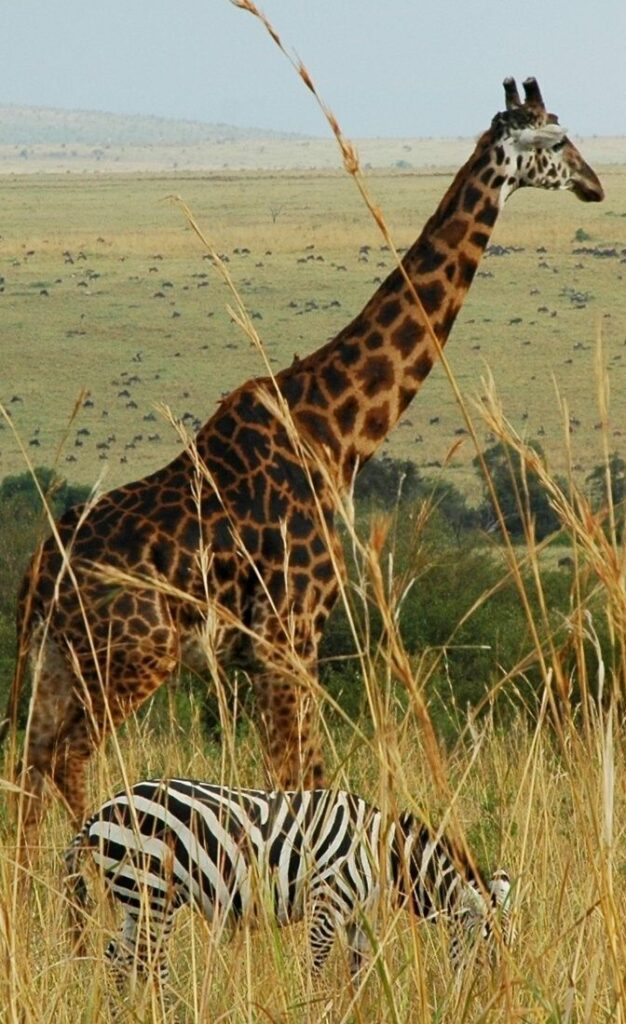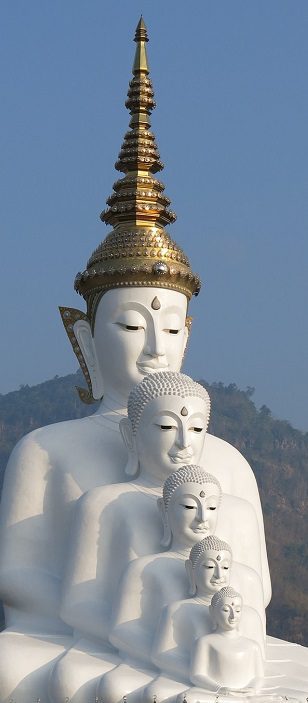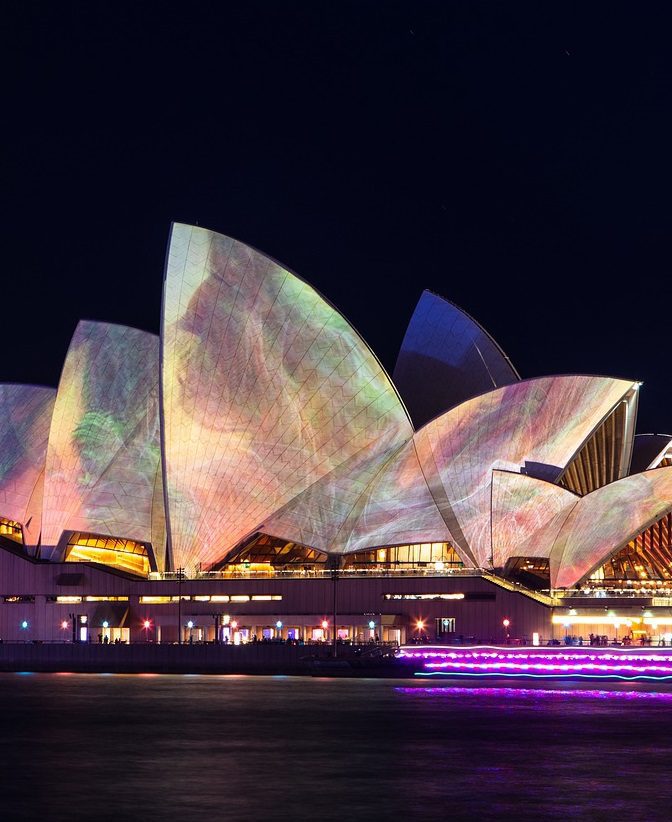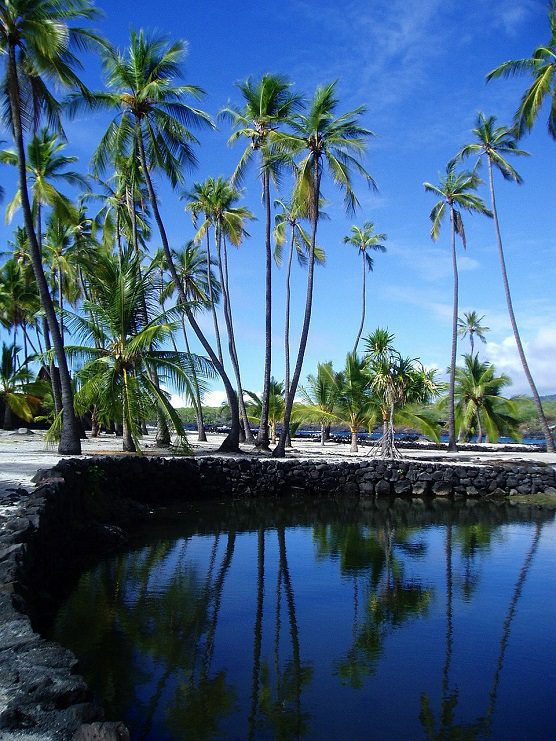For some people the Special Period never ended.’ The Special Period, when the USSR collapsed and the lavish funding and contracts the Soviets had supplied to Cuba went with it, saw ‘people eating grass and leaves’, as my friend puts it. I have no proof that this continues – the government provides a basic monthly food ration -but history is alive and dominant in Cuba as it is perhaps nowhere else. It isn’t just in old cars, the lack of advertising and limited internet access, which are obvious. It’s also in shop windows, where consumer goods such as washing machines and Hoovers, which so much of the world takes for granted, are displayed as the latest thing and astronomically priced.
In Cuba, the 1950s are not done yet. On a boat ride from santiago I come face to face with an earlier time in the form of a great Spanish warship, sunk in the Spanish-American war over Cuba in 1898, waves smashing her rusting guns, which point at the sky. ‘Diving is easy! Just breathe,’ says my instructor, Manuel. ‘Isn’t it more complicated than that?’ The sky is dark, the waves large, the currents powerful, and I have only ever dived once in a calm, shallow sea. Manuel explains how to equalise pressure. He mentions he has been diving for 20 years. We jump into the surge Wonder replaces fear below the surface. Manuel tows and guides me, stuffing rocks into my rig to stop me rising. We use the currents to take us on a tour of the iron wreck, a vast home to fish and coral.

I learn to be upside down as comfortably as the right way up. The sea’s infinite power, like a sea monster’s flanks panting, seems to carry us gently through the story of the ship’s foundering. I emerge shaky with emotion and thrill. It is also a very Cuban experience: the unprepossessing turning into the sublime, just as my sticky forest hike gave way to a luxuriant cool-river swim; the same way the wooden simplicity of the casa de la trova becomes a theatre of artistry and joy. The challenge for the traveller is to catch a glimpse behind the veils of a place, to see its ghosts and time currents which make the present inhabitants who they are.
In the Sierra Maestra mountains, most of a day’s easy drive from Santiago, I catch sight of it. Three years after defeat in 1953, when an attack on a barracks in Santiago failed disastrously, leading to dead, fled and imprisoned revolutionaries, the Castro brothers returned to Cuba with Che Guevara and a new understanding of guerrilla warfare. They needed a safe base, weapons and popular support. High in the Sierra Maestra, with a distant view of the Caribbean, they set up camp. You drive along very steep roads to get here – peaks and the jungle jumble below -and then walk contour tracks for three miles to their hideout and headquarters. Which is when the hair begins to stand up on the back of my neck.







